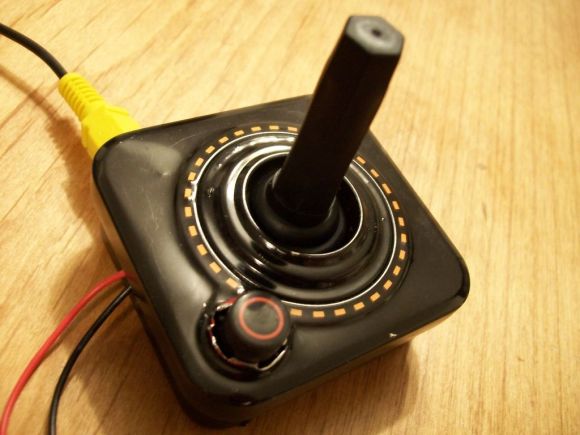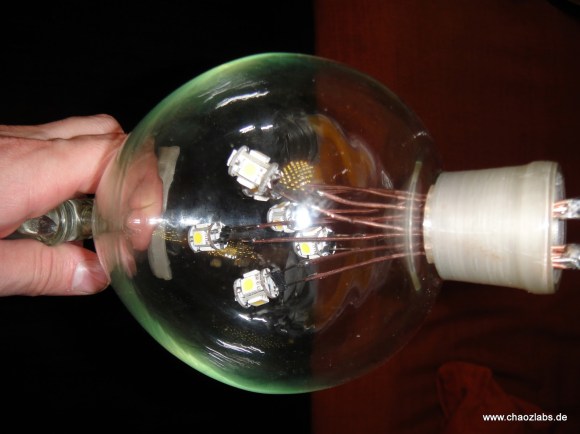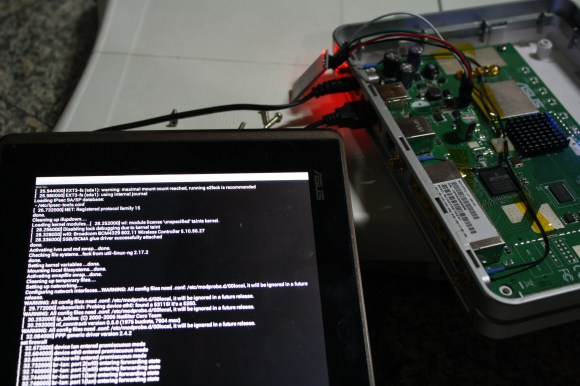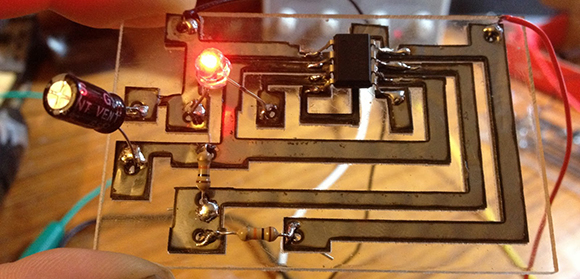An unofficial, but fully functional release of XBMC should make the uber-popular media center software work with almost all Android devices. About six months ago the developers of XBMC announced that it had been ported for Android. That was true, but there was one caveat. The port was made functional on one specific Android device. The hardware company Pivos paid for the devs to add support for their Xios DS device. Although that build could be run on other Android devices, the hardware video acceleration could only be use if it was the same as the Xios. When not using the hardware acceleration many common video formats would only play at a few frames per second, if at all.
This build is a workaround and is not officially supported. What it brings to the table is the ability to use an external media player with XBMC. This way any video format which your Android device is capable of playing (with hardware acceleration) can be launched from XBMC but will be played by the native video application. We haven’t tried it for ourselves. If you have we’d love to hear about your experience in the comments.
[via Ars Technica]
















